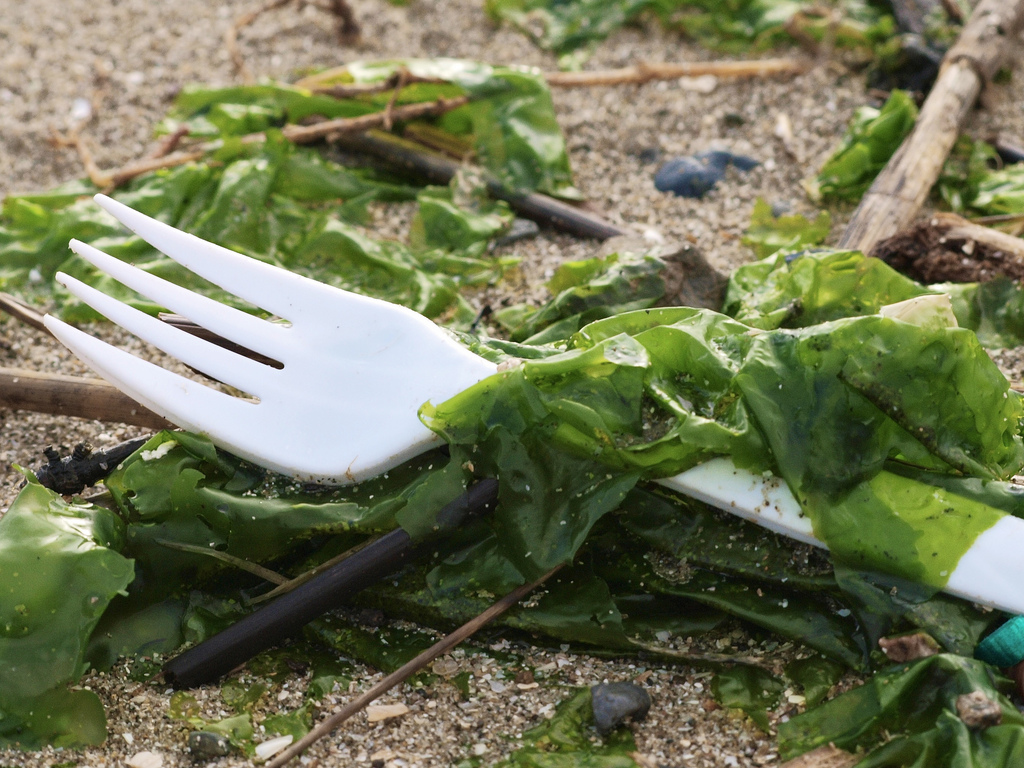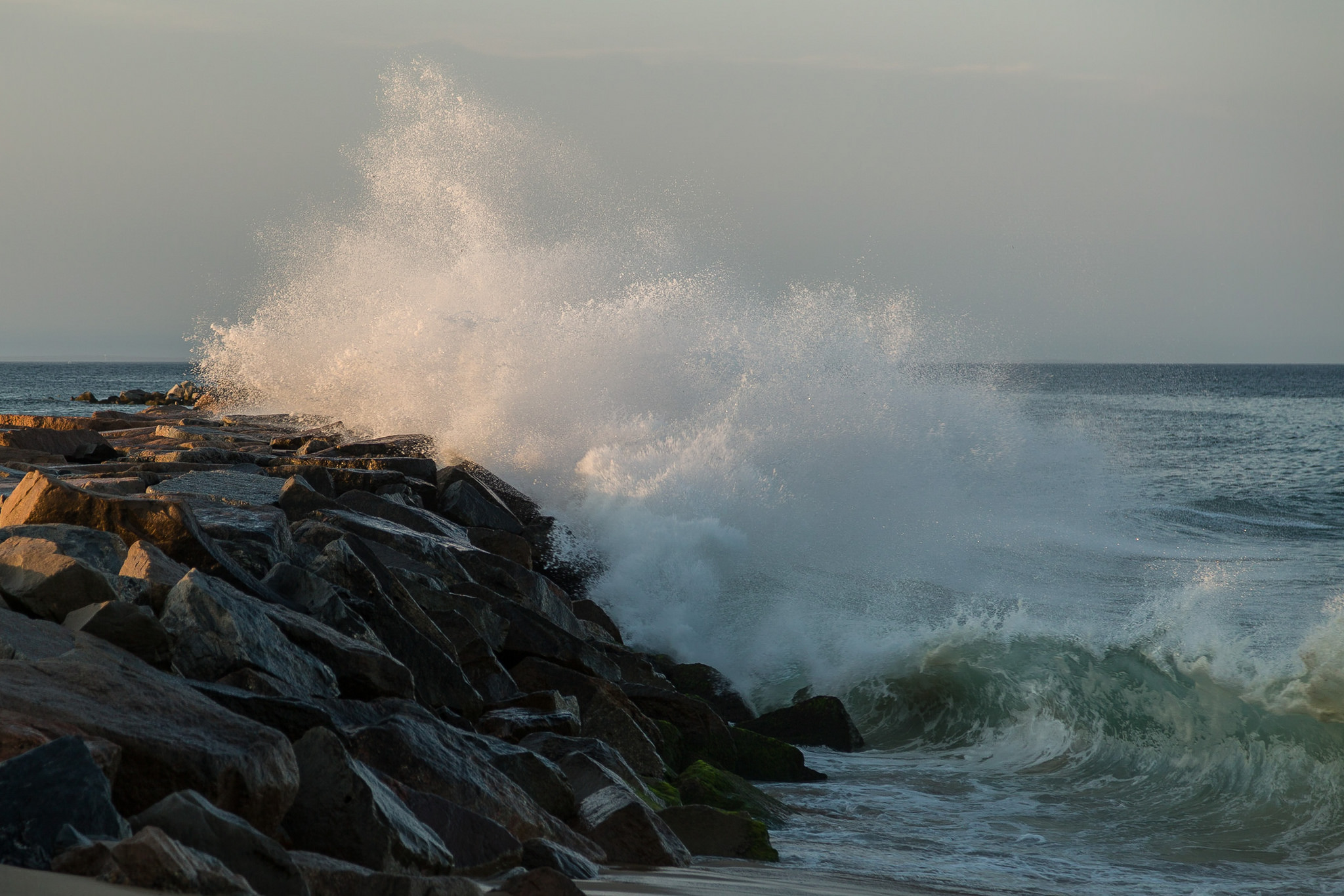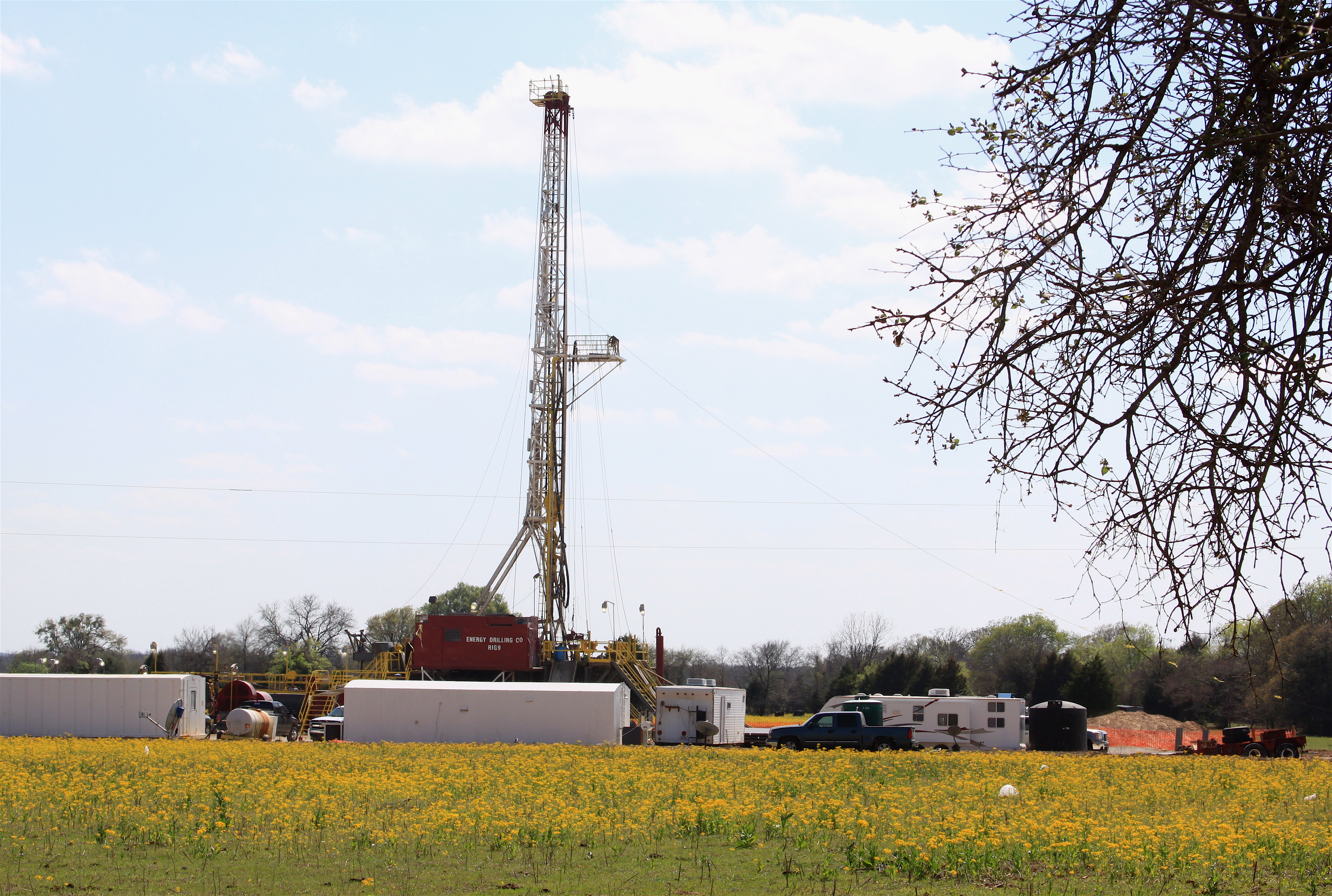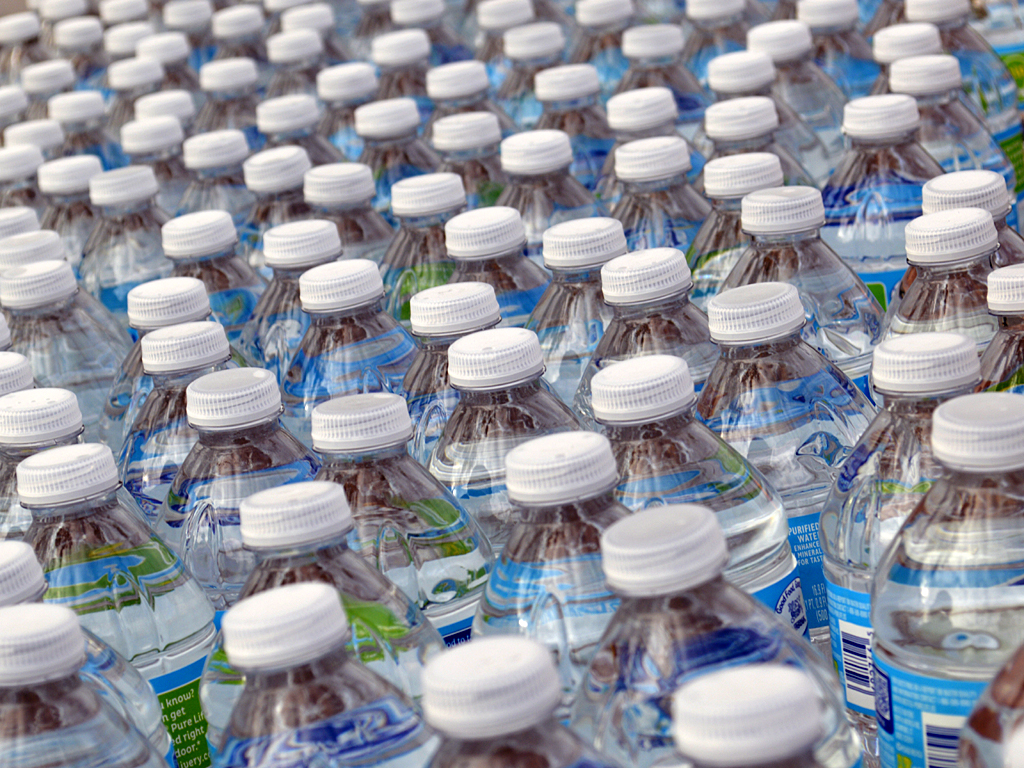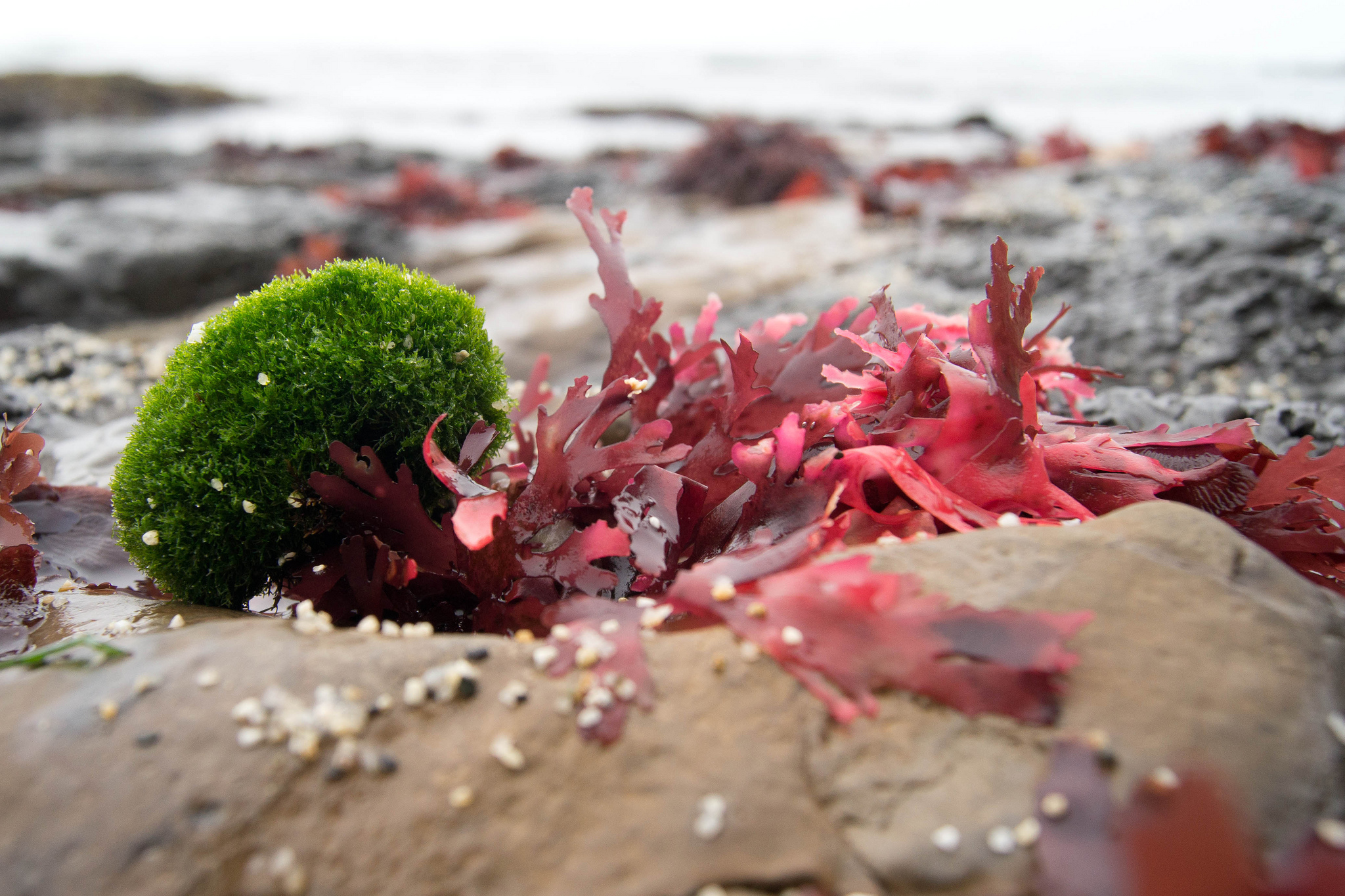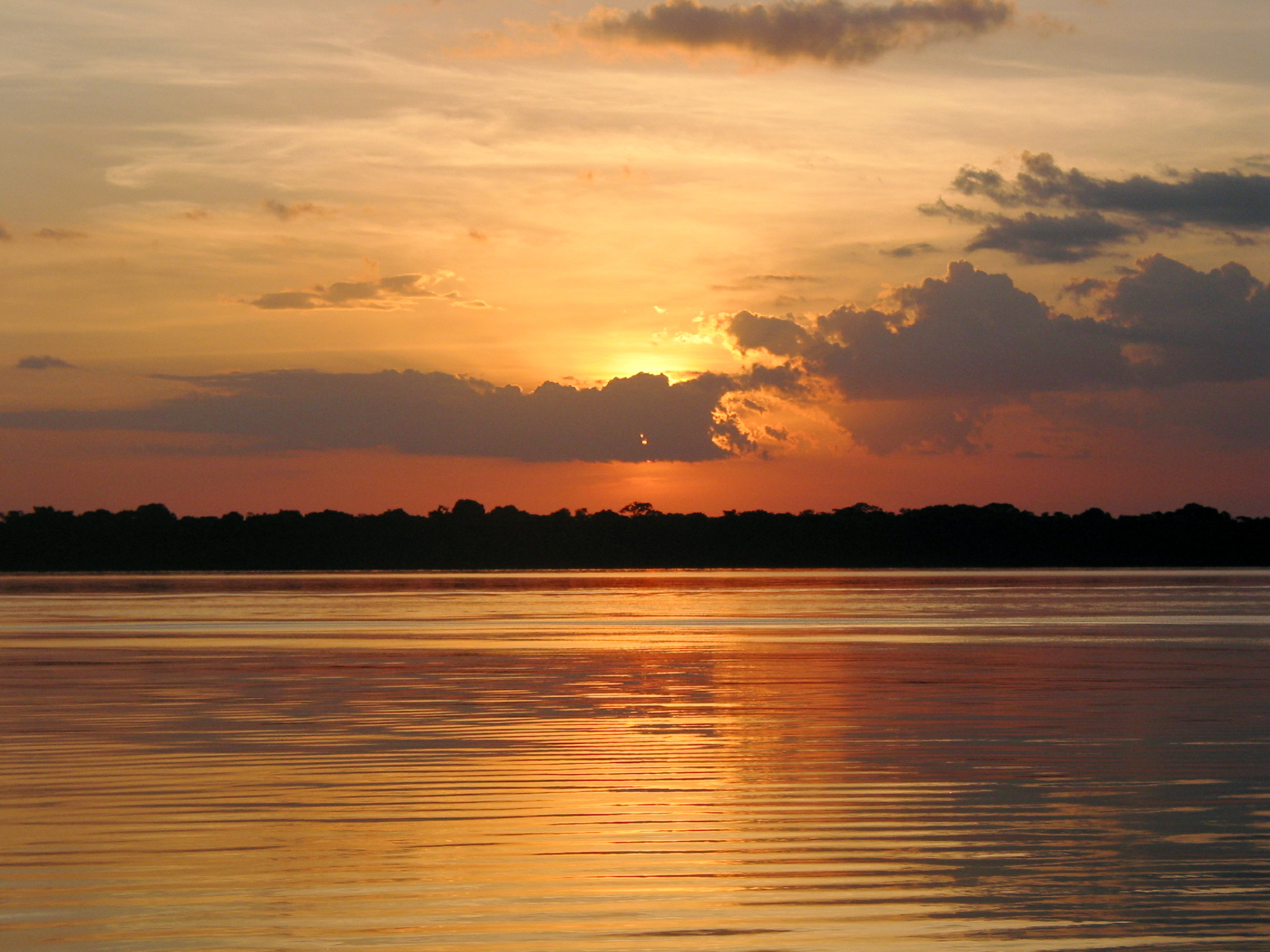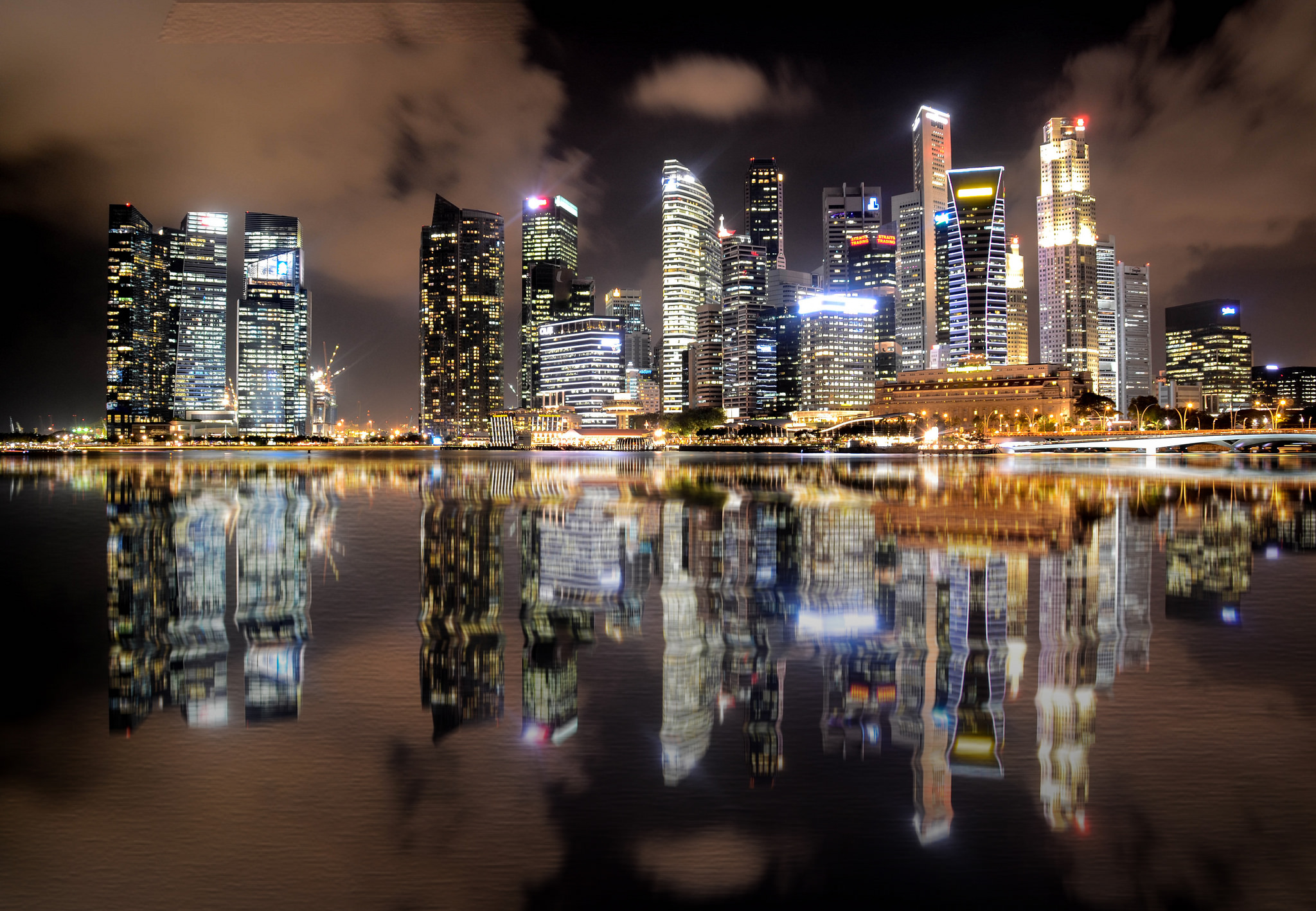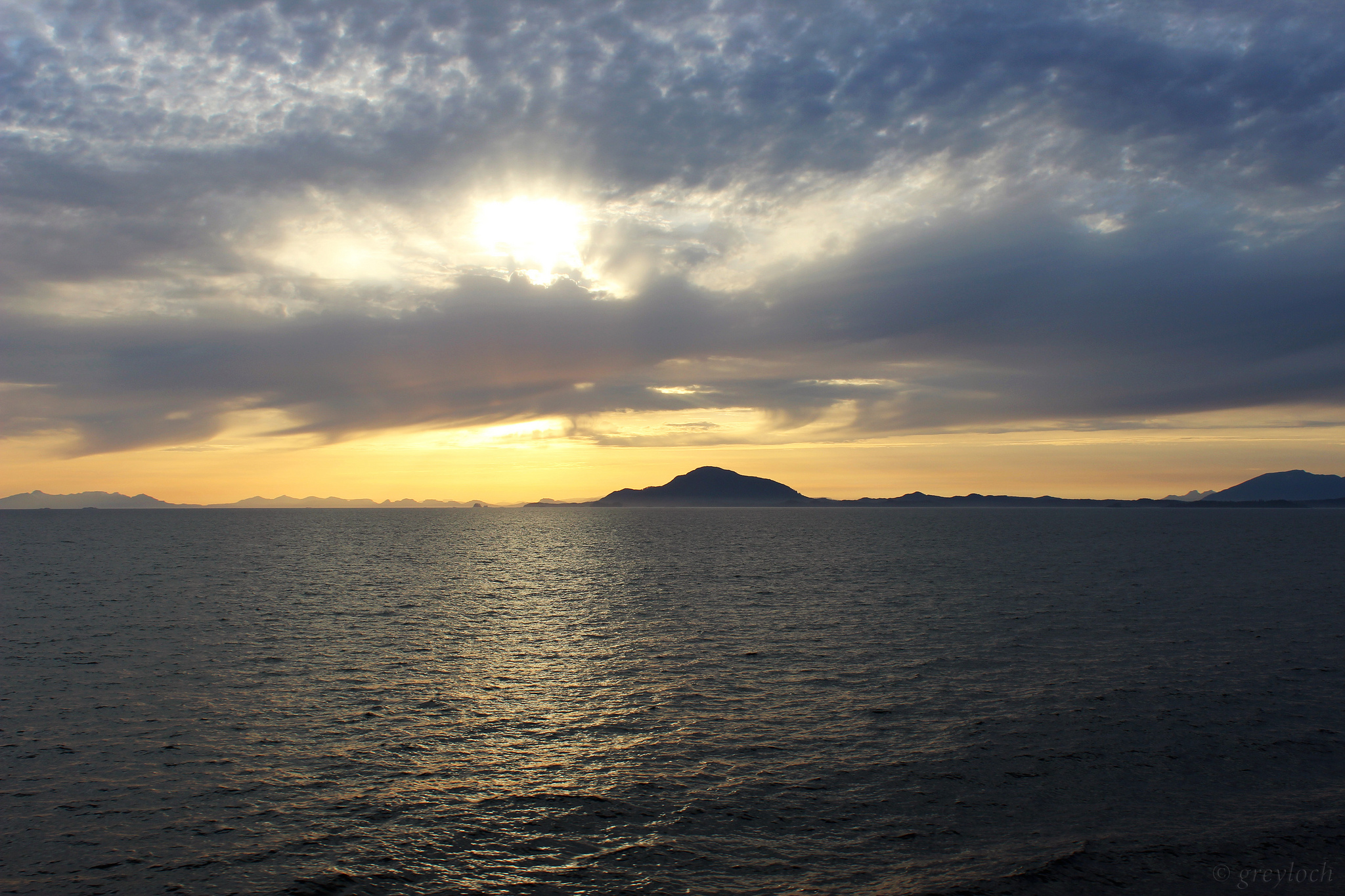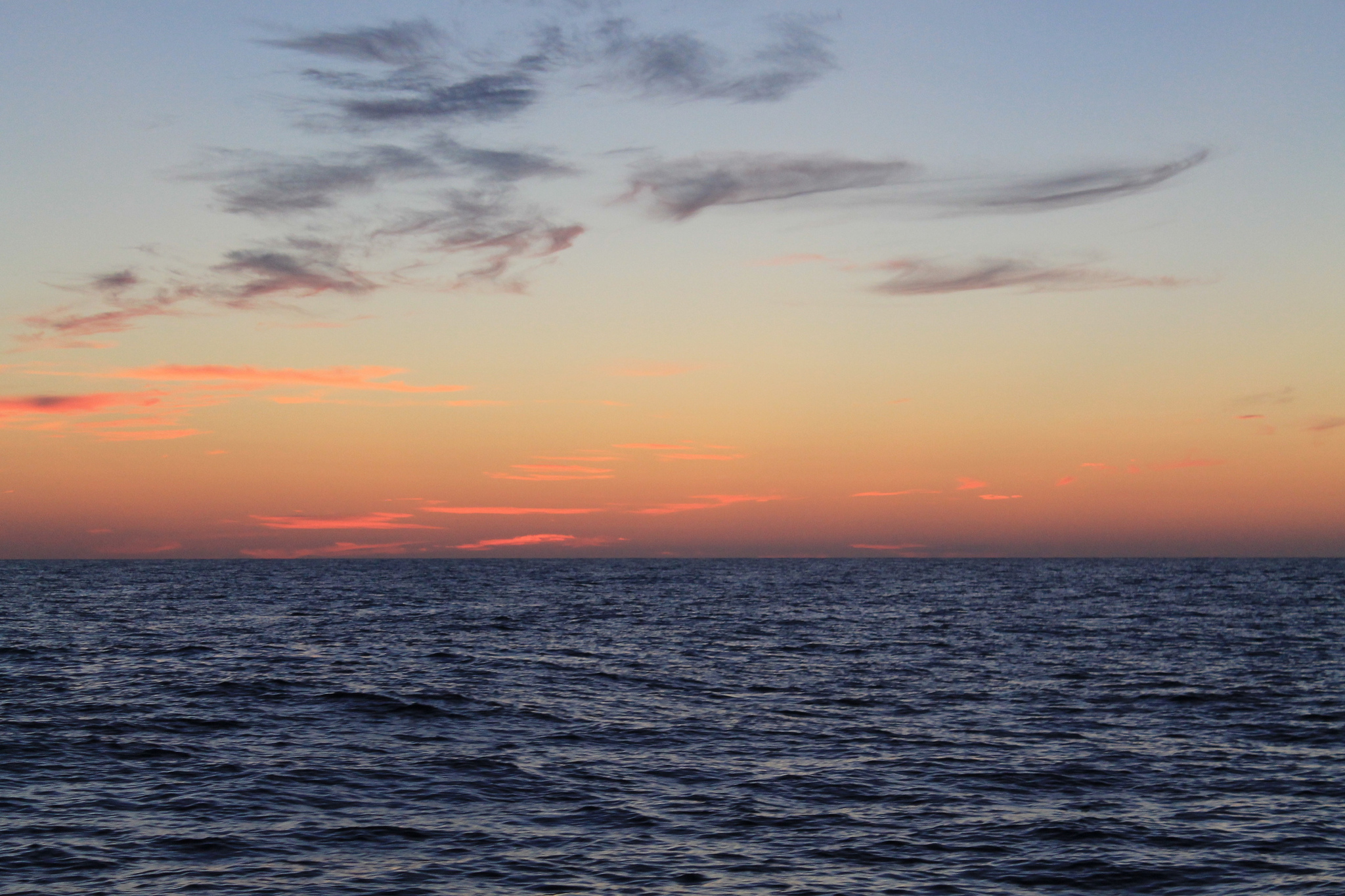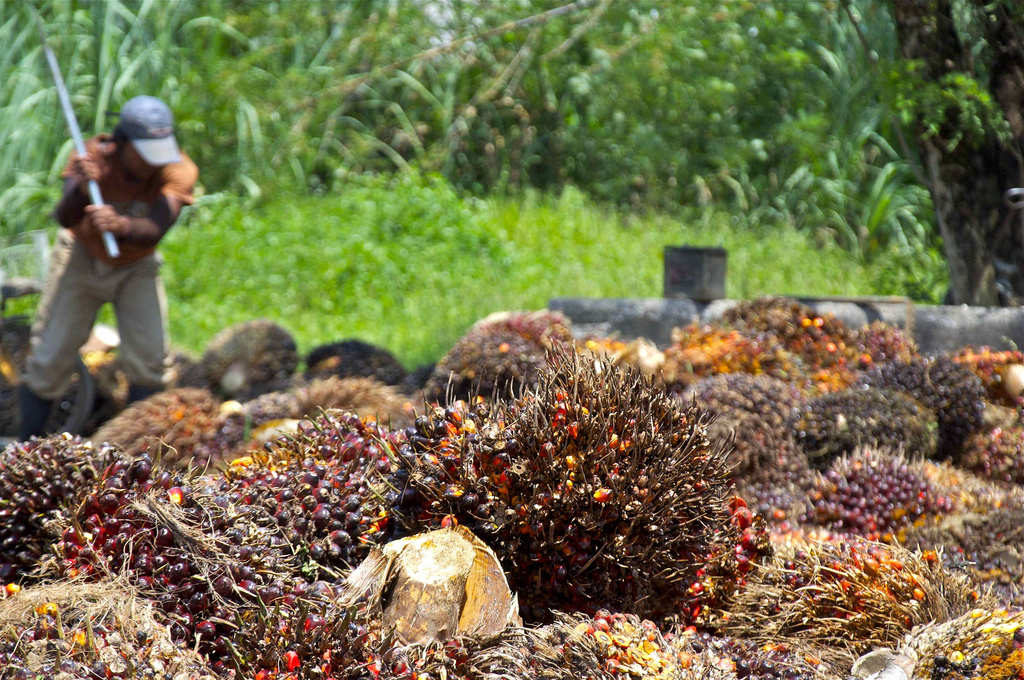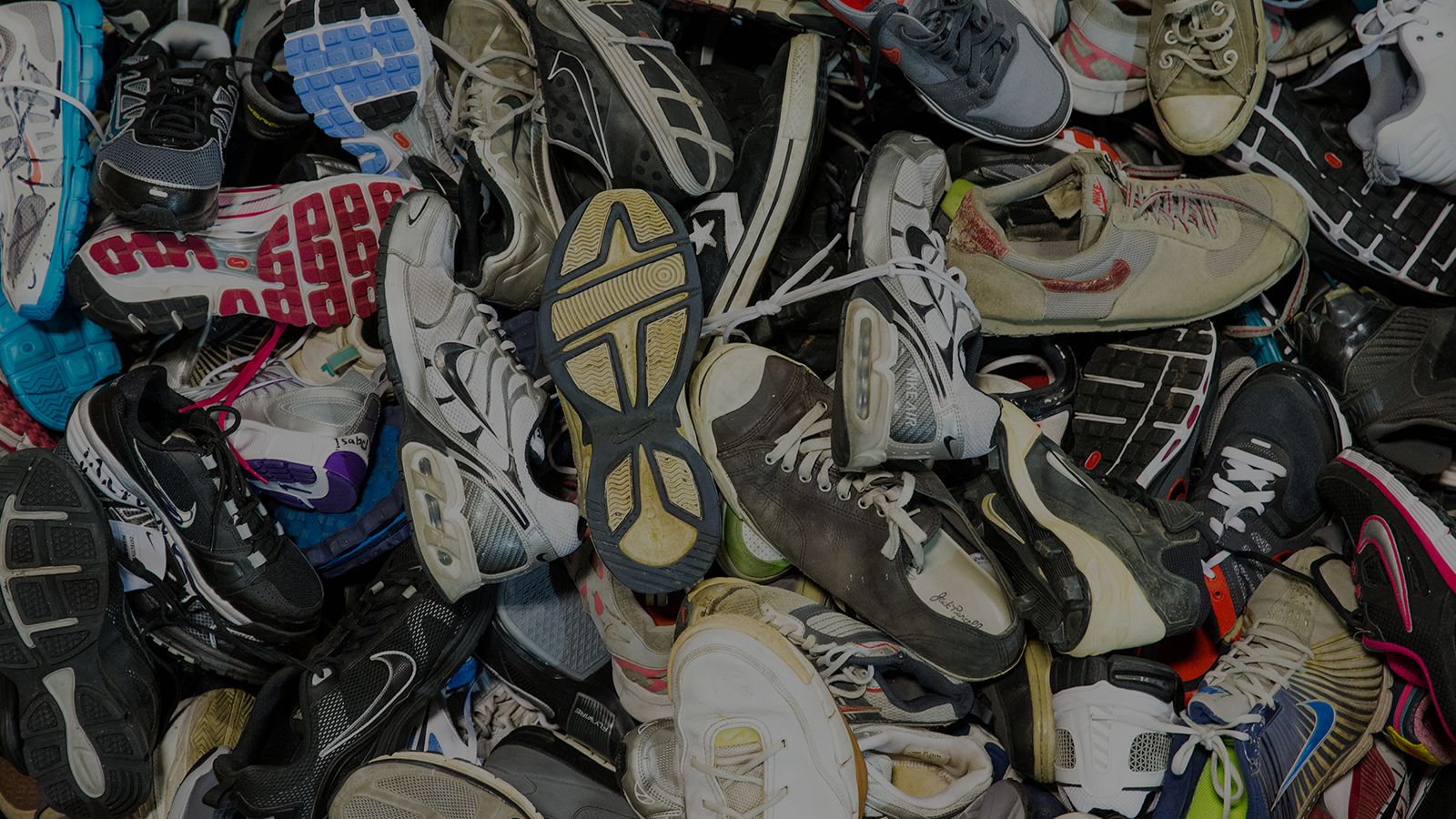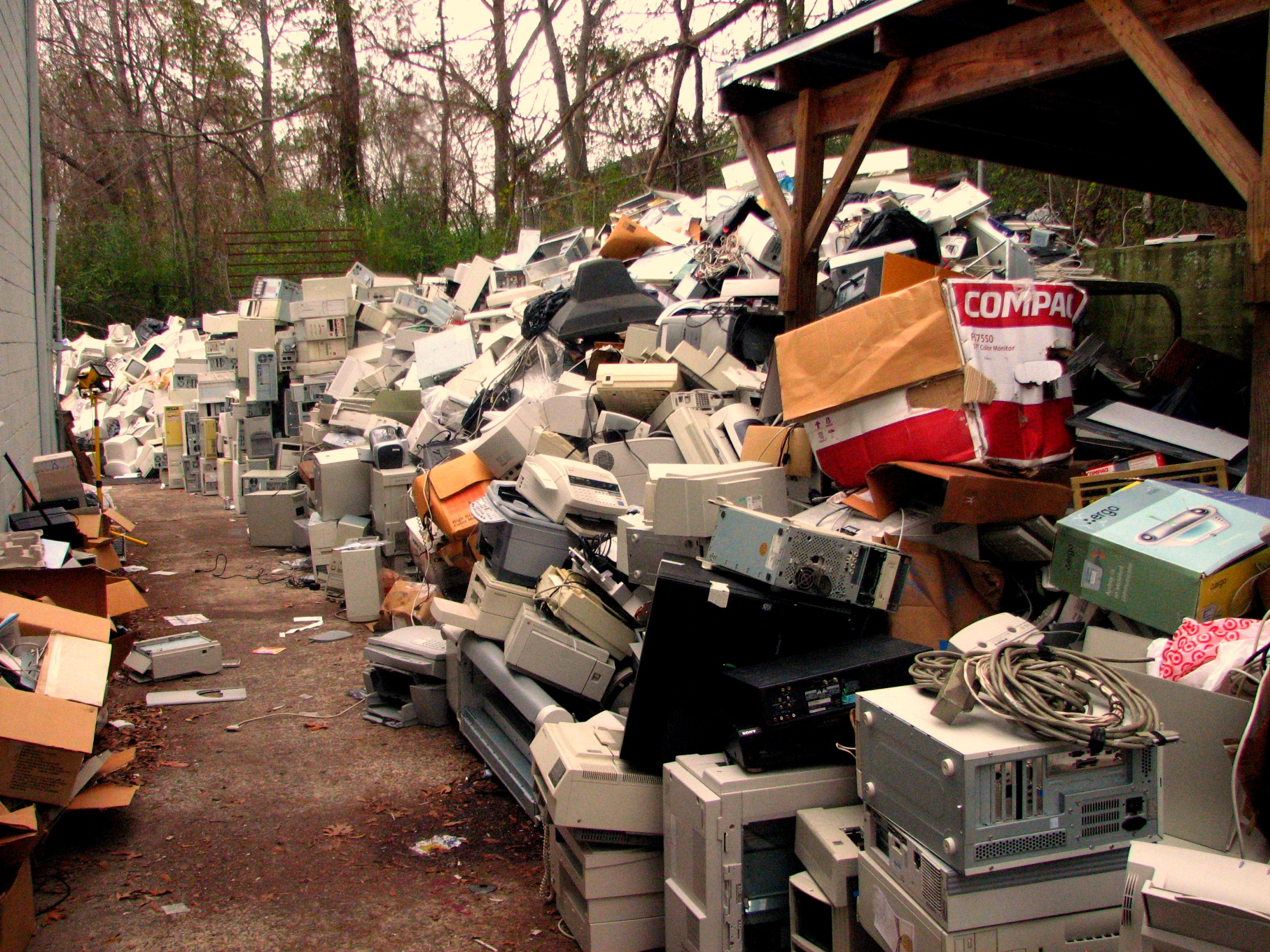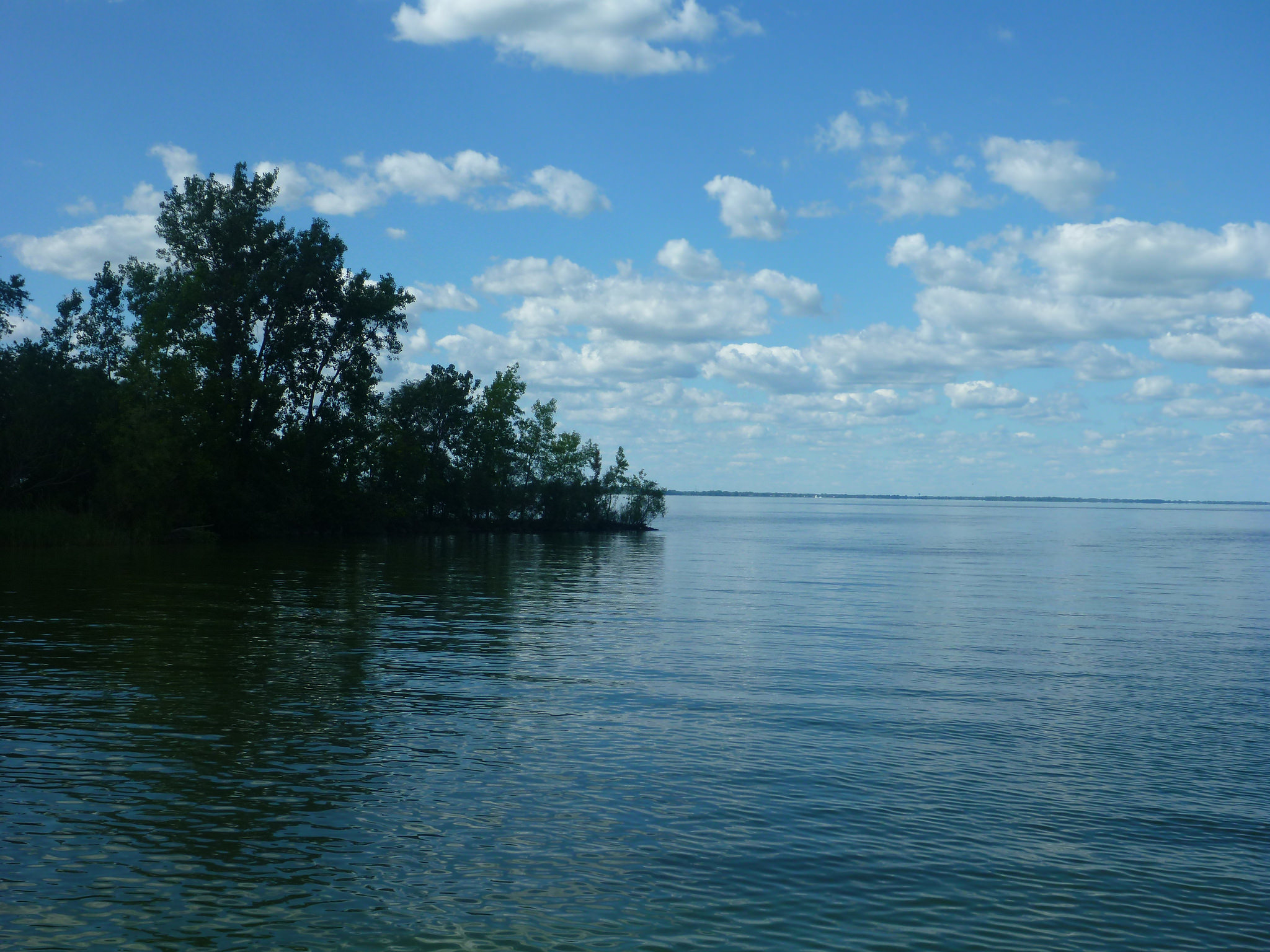environment
The Economics Of Renewable Energy
Very few people are against the use of renewable energy sources like solar and wind power in principle. It is hard to argue against generating power from resources that are free and plentiful. The main knock against renewable power sources has been that they cost too much compared with conventional, fossil-fuel technologies.
Bidding ‘Adieu’ To Plastics
The use of plastics has increased 20-fold in the past 50 years, and production of plastics is expected to double again in the next 20 years. According to Eco Watch, the average American throws away approximately 185 pounds of plastic every year. And nearly one-third of all discarded plastic is not properly disposed of or recycled.
Offshore Wind At Last
Europe has embraced offshore wind power as a major contributor to its electricity needs for a long time. As of June, there was a total of 3,344 offshore wind turbines with a combined capacity of over 11.5 gigawatts of power connected in European waters in 82 wind farms located in 11 different countries and providing power to millions of people.
Finding Methane Leaks
The boom in natural gas drilling by conventional methods and by fracking has led to a spike in methane emissions from pipelines, storage tanks, processing facilities, and other parts of the natural gas system. Natural gas is mostly composed of methane, so these emissions constitute waste and lost revenues. But they also represent a serious environmental problem because methane is 25 times more effective in trapping atmospheric heat than carbon dioxide.
The Tick Project
Tiny ticks are a big problem. Anyone taking a walk in the woods is advised to do a tick check. Ticks infect more than 325,000 people with Lyme disease each year, and this number continues to rise.
Bottled Water
This year, Americans will consume more bottled water than soda for the first time. The average American will buy 27.4 gallons of bottled water, over a gallon more than soda drinks.
Grass-Powered Cars
Several major automakers are betting on hydrogen-powered cars as the future of personal transportation. The first of these cars are already available in California. What isn’t readily available is the hydrogen to power them. There are very few hydrogen stations out there and hydrogen is pretty expensive.
Packaging From The Sea
Waste due to excess packaging of the products we buy is a real problem. It is one that most of us are conscious of and more and more businesses are making efforts toward eco-friendly packaging. There is increased use of cardboard, which is recyclable. Most of us try to reduce our waste through recycling. But as we buy more things online and have a growing variety of things delivered to our homes, it is a struggle to receive the things we order in good condition and not end up with piles of packaging materials.
Amazon In Peril
A constitutional amendment being discussed in the Brazilian Senate threatens to set back decades of conservation efforts in the Amazon.
Outdoor Lights Dim Nature
At night our planet is now bathed in artificial light, ranging from streetlights and floodlights to burning gas flares in oil fields. There are few places that are truly dark at night.
Climate-Induced Relocation
One of the thorniest problems arising from the changing climate is the degradation of inhabited areas that forces entire communities to relocate permanently. Basically, we don’t really have the infrastructure in place to deal with such occurrences.
Recycled Plastic Lumber
One of the most notable success stories in recycling is that of structural plastic lumber. The material is mostly polyethylene reinforced with stiff plastics or recycled composites. Made from milk containers, coffee cups, and other recycled plastics, structural plastic lumber is lighter than steel, longer-lasting than natural lumber and strong enough to support 120-ton locomotives.
Saving The Sea From Salt
The Persian Gulf along with the Red and Mediterranean seas are getting saltier all the time because of the waste products of desalination. The United Arab Emirates, Saudi Arabia, Kuwait, Qatar, Bahrain and Oman account for 45% of the world’s desalination capacity. And the byproduct of desalination is brine, which is twice as salty as seawater. Even advanced desalination plants produce two cubic meters of waste brine for every one cubic meter of clean water.
The Value Of Street Trees
Why should you care whether there are trees on your street or on the streets nearby? Besides the obvious fact that they make streets more attractive, street trees provide a number of real benefits both for residents and for the environment.
Cleaning Up The Palm Industry
Few of us cook with palm oil or have ever even seen the stuff. Nevertheless, half of the world’s consumer products include it as an ingredient and the global market for palm oil could be as high as $50 billion. The palm oil industry has been tied to environmental destruction in countries such as Malaysia and Indonesia and has been found to be complicit in human rights violations.


